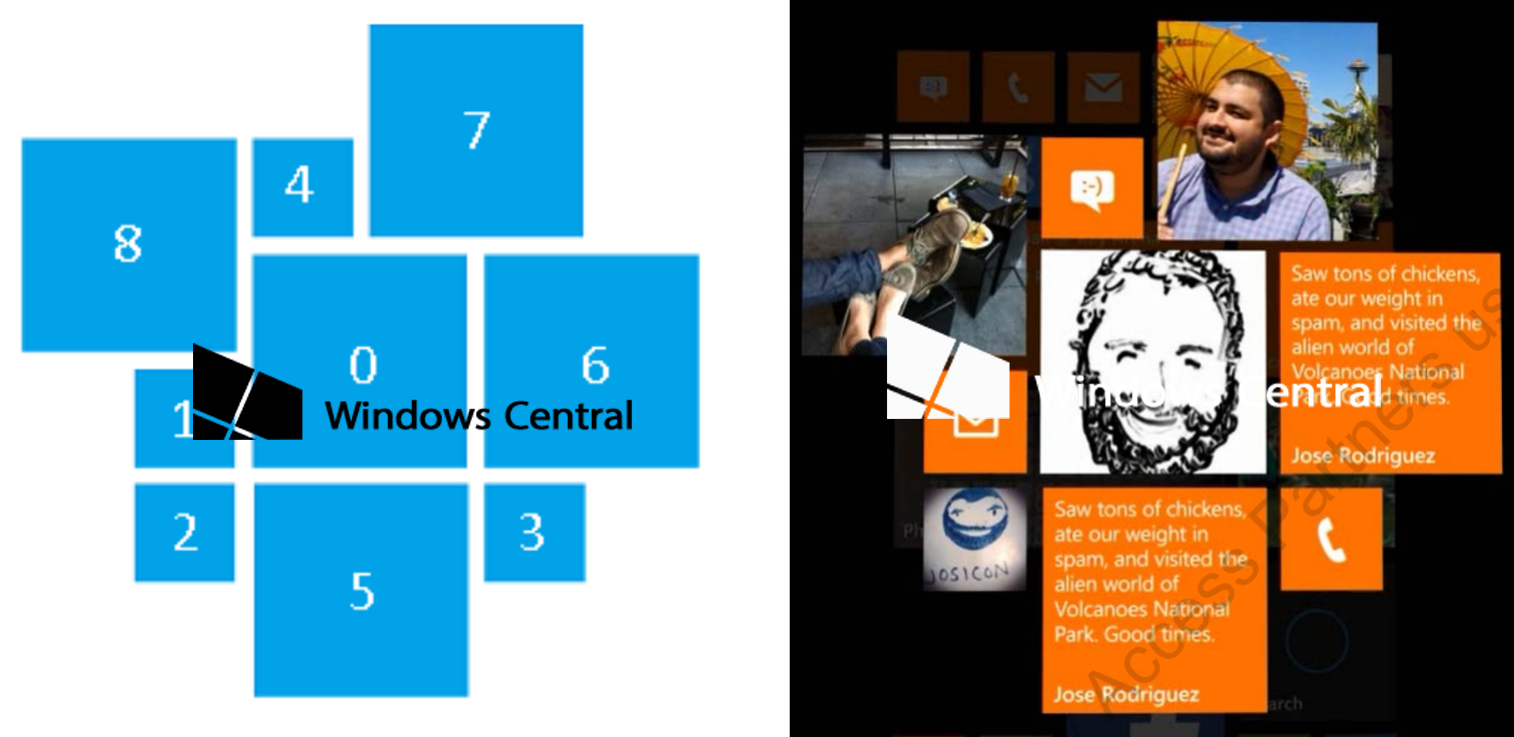Microsoft attempts to patent 'Mix View' exploding Live Tiles possibly for the future of Windows 10
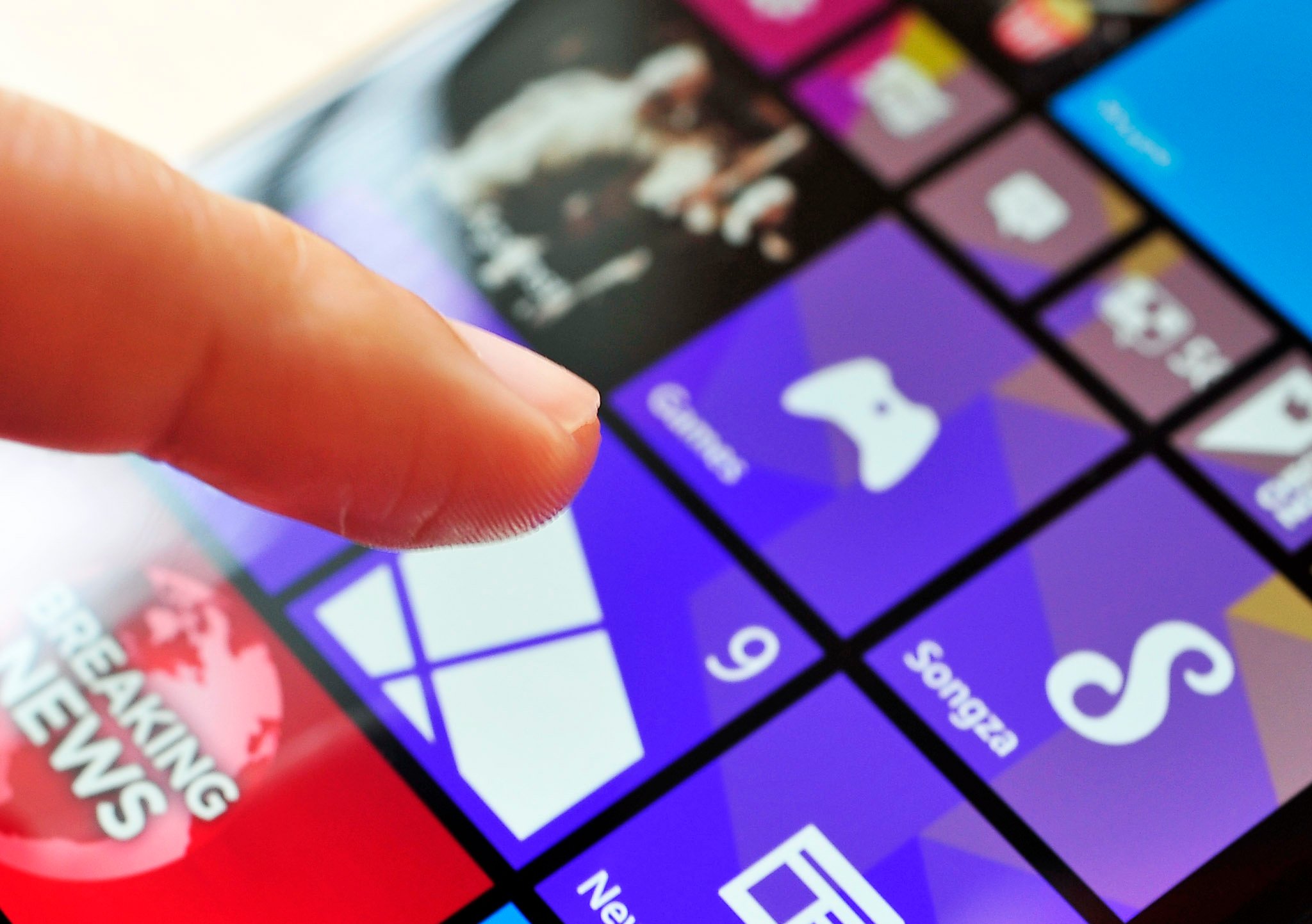
In December 2014, we reported that Microsoft was working to bring an 'exploding tile' paradigm to the Windows 10 operating system. The user interface feature would make a Live Tile explode into small tiles with information provided from the app.
The feature was later to be called Mix View, and it just got published with the United States Patent and Trademark Office. Interestingly, the application was filed just a few months before our report in August 2014, and the filing was just published today.
Update: The original version of this article noted that the patent was approved, however, it was merely published by the USPTO and not granted by them.
Mix View was supposed to go hand-in-hand with Nokia's McLaren smartphone. That phone had a 3D Touch interface letting users hover their finger over the display. The virtual push gesture would cause certain tiles to then 'explode' into smaller tiles with more user information. Some of the design influence came from the Zune era of design but combined with some very advanced gesture detecting hardware.
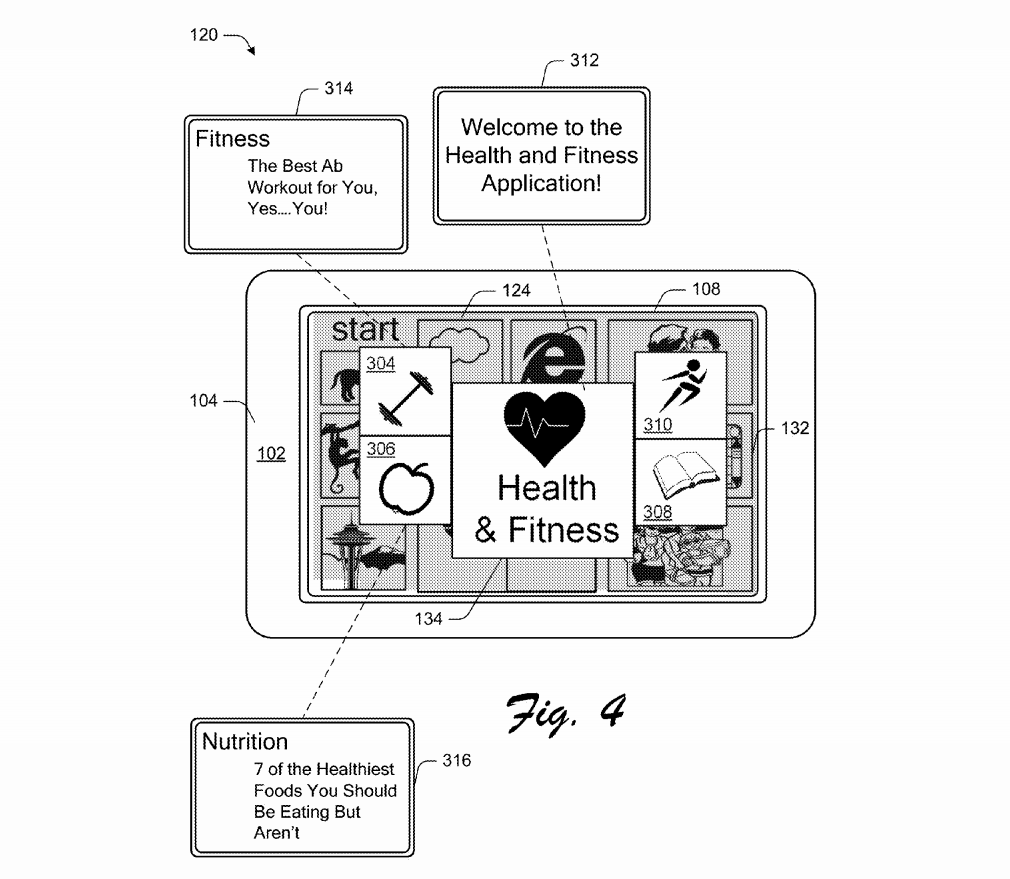
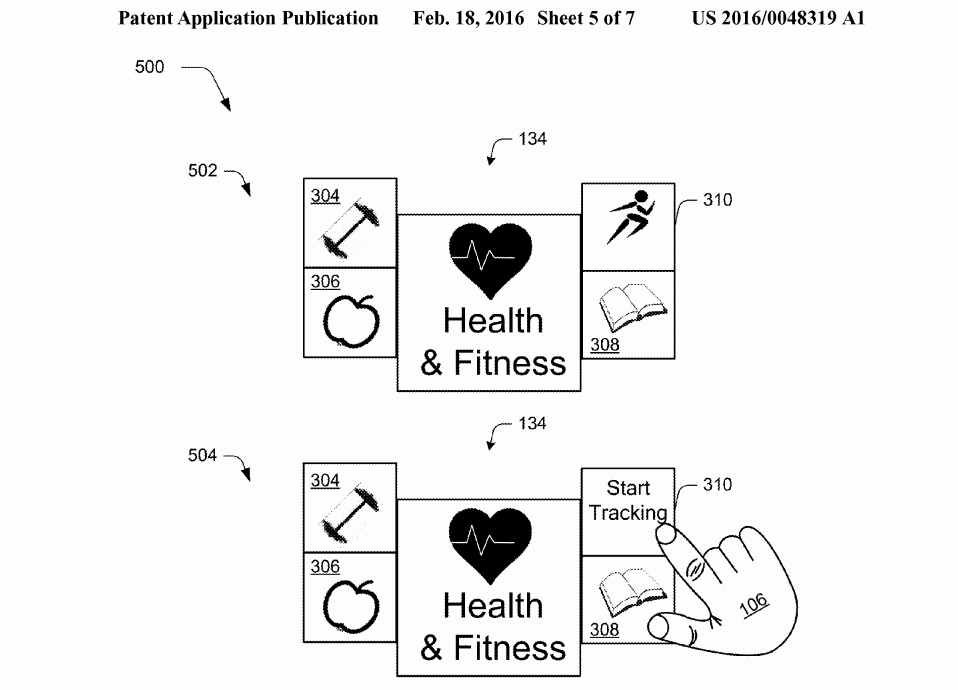
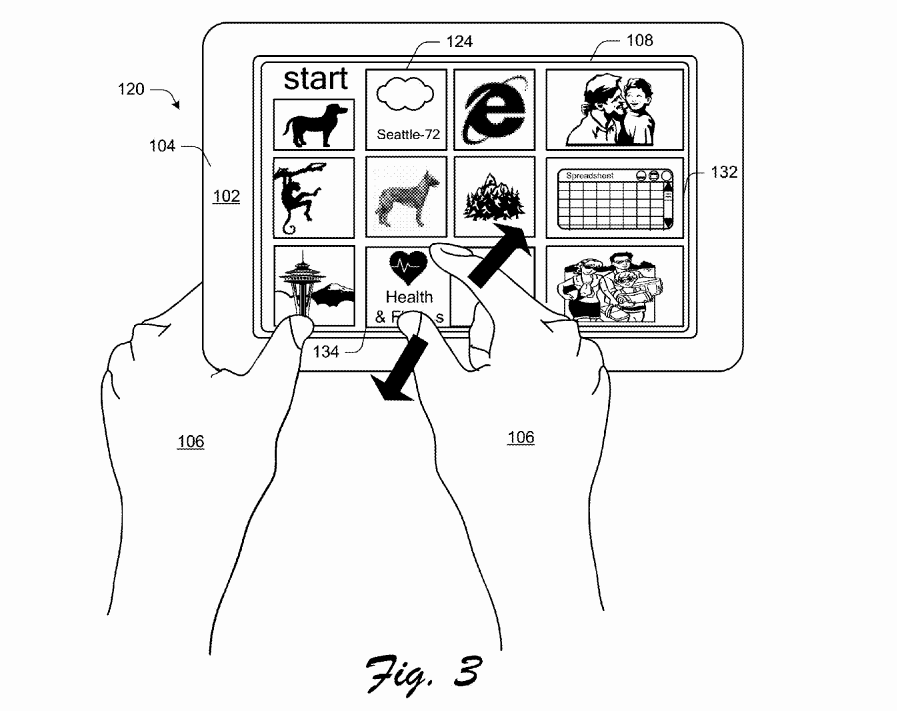
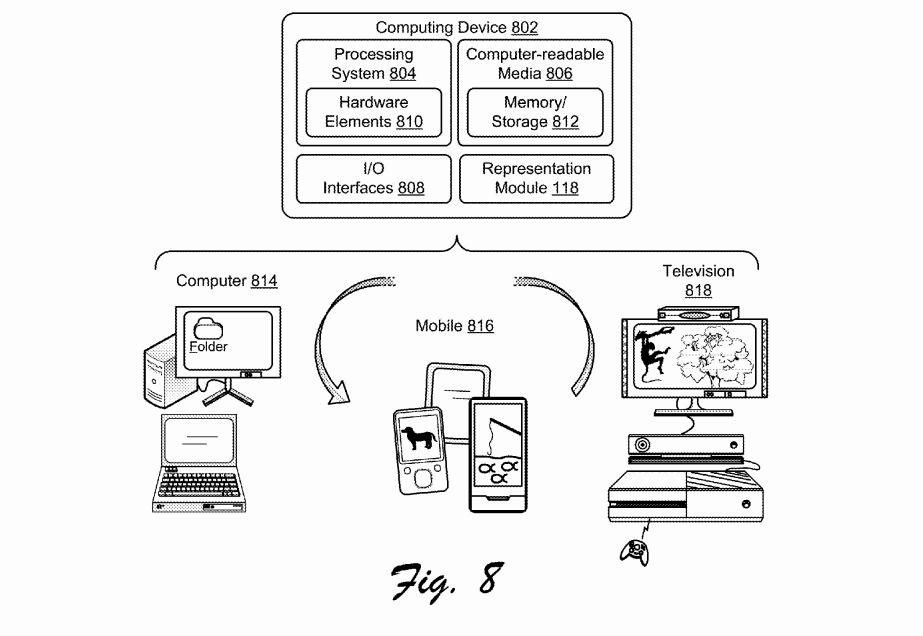
McLaren was cancelled in July 2014 due to hardware issues and other project failures. This decision at the time sealed the fate for the high-end Lumia portfolio as that phone was the next flagship.
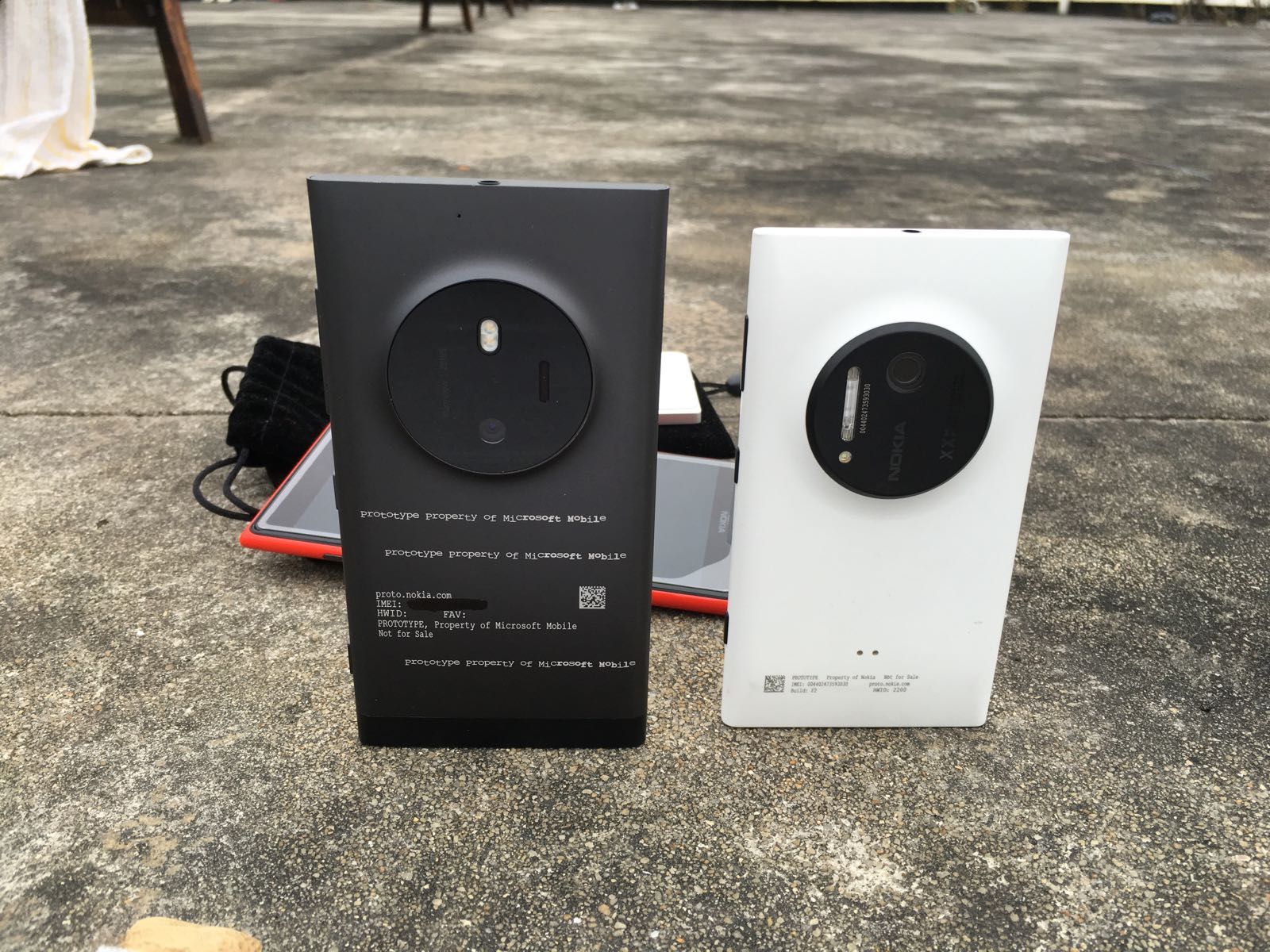
In today's publishing patent filing we can see some of the ideas behind the design as well as possible implementations. The filing is full of technical jargon as expected:
"The user interface includes a concurrent display of a plurality of representations of applications that are selectable by a user to launch respective applications. Gesture-based techniques can be used to interact with an application representation to cause one or more visible targets to appear adjacent the representation. The individual targets are individually associated with some type of application functionality, e.g., a quick action or a deep link into content associated with the application. An individual target can then be selected, e.g., touch-selected, by a user to initiate the associated functionality."
Regarding hardware usage:
All the latest news, reviews, and guides for Windows and Xbox diehards.
"In one or more implementations, a computing device includes one or more modules implemented at least partially in hardware. The one or more modules are configured to output a user interface for display. The user interface includes a concurrent display of a plurality of representations of applications that are selectable by a user to launch respective applications."
And a more concrete example of the idea in action:
"For example, the representation may be configured as a tile that includes a plurality of targets (e.g., sub-tiles) that are user-selectable. The user-selectable targets are configured such that selection by a user causes access to corresponding functionality of the application and in this way may provide a "deep link" to various functionality of the application. The tile, for instance, may include a user-selectable target to navigate to a root level (e.g., welcome screen) of the application, e.g., a start screen of a weather application. Other user-selectable targets may be utilized to access other application functionality, such as weather at different geographic locations. In this way, a user may directly access different parts of an application directly from the representation of the application that launches the application. A variety of other examples are also contemplated, further discussion of which may be found in relation to the following sections."
This filing accurately matches our description of Mix View from our December 2014 report. In fact, there was even a Nokia SDK for developers that let them design and test such implementations for Windows Phone. However, the SDK and project were presumably scrapped with Nokia's McLaren.
It is not clear as to the fate of Mix View and Microsoft's Windows 10 operating system. Now that the company evidently has the patent on the design, it does ensure it will not be copied. However, unique user interfaces and real-world applications are still tough things to reconcile, as the Kinect has proven.
Currently, there is no evidence that Microsoft is bringing Mix View to Windows 10, but we'll be looking out for clues.
Source: FPO, WalkingCat/@h0x0d

Daniel Rubino is the Editor-in-chief of Windows Central. He is also the head reviewer, podcast co-host, and analyst. He has been covering Microsoft since 2007 when this site was called WMExperts (and later Windows Phone Central). His interests include Windows, laptops, next-gen computing, and wearable tech. He has reviewed laptops for over 10 years and is particularly fond of 2-in-1 convertibles, Arm64 processors, new form factors, and thin-and-light PCs. Before all this tech stuff, he worked on a Ph.D. in linguistics, performed polysomnographs in NYC, and was a motion-picture operator for 17 years.
